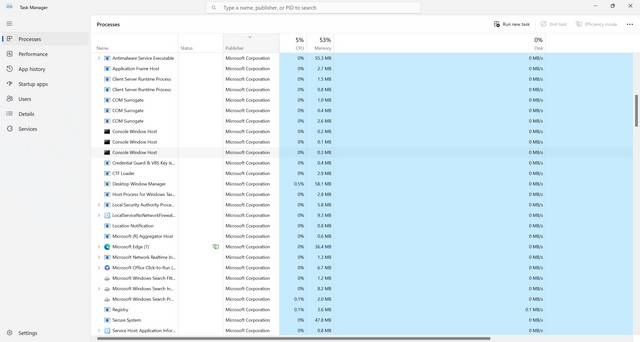When it comes to computer security, it’s important to stay vigilant and be aware of potential threats. One such file that may raise concerns is ie_to_edge_bho.dll. In this article, we will delve into what this file is, whether you should remove it, and whether it is considered malware or not.

What is ie_to_edge_bho.dll?
ie_to_edge_bho.dll is a dynamic link library (DLL) file that is associated with Internet Explorer (IE) and Microsoft Edge browsers. DLL files contain code and data that multiple programs can use simultaneously, which helps to improve efficiency and reduce redundancy.
This specific DLL file, ie_to_edge_bho.dll, is a Browser Helper Object (BHO) that is used to enhance the functionality of Internet Explorer and Microsoft Edge. BHOs are add-ons or extensions that can modify or enhance the browser’s behavior, such as adding toolbars, blocking ads, or providing additional security features.
Should I Remove ie_to_edge_bho.dll?
Deciding whether to remove ie_to_edge_bho.dll depends on various factors. Here are a few considerations to help you make an informed decision:
1. Legitimate vs. Malicious
First and foremost, it’s crucial to determine whether the ie_to_edge_bho.dll file is legitimate or malicious. Malware often disguises itself as legitimate files to avoid detection. To ensure the safety of your system, it is recommended to scan the file using reliable antivirus software like Malwarebytes Free. This will help identify any potential threats associated with the file.
2. Browser Functionality
If you notice any issues with your Internet Explorer or Microsoft Edge browser, such as frequent crashes, slow performance, or unexpected behavior, it is worth considering whether the ie_to_edge_bho.dll file is causing these problems. In such cases, removing the file may help resolve the issues and restore normal browser functionality.
3. Dependency on BHO Features
If you rely on specific features or functionalities provided by the BHO associated with ie_to_edge_bho.dll, removing the file may result in the loss of those features. Consider whether the benefits of removing the file outweigh the potential loss of functionality.
Is ie_to_edge_bho.dll Malware?
Identifying whether ie_to_edge_bho.dll is malware or not requires careful analysis. Here are a few indicators to consider:
1. File Location
Check the file location of ie_to_edge_bho.dll. Legitimate DLL files are typically located in specific system folders, such as the Windows or System32 folder. If the file is found in an unusual location or within a suspicious folder, it may be an indication of malware.
2. Digital Signature
Verify the digital signature of the file. Legitimate files are often signed by the developer or publisher, providing an extra layer of trust. Right-click on the file, go to Properties, and navigate to the Digital Signatures tab to check for a valid signature. If the file lacks a digital signature or the signature appears suspicious, it may be a sign of malware.
3. Antivirus Scan
Perform a thorough antivirus scan using reputable software like Malwarebytes Free. Antivirus software can detect and remove known malware, including any potential threats associated with ie_to_edge_bho.dll.
Summary
ie_to_edge_bho.dll is a DLL file associated with Internet Explorer and Microsoft Edge browsers. Whether you should remove it depends on factors such as its legitimacy, impact on browser functionality, and dependency on BHO features. To determine if it is malware, consider indicators like file location, digital signature, and perform an antivirus scan.
Remember, maintaining a secure and optimized system requires regular updates, reliable antivirus software, and cautious browsing habits. Stay informed, stay protected!










